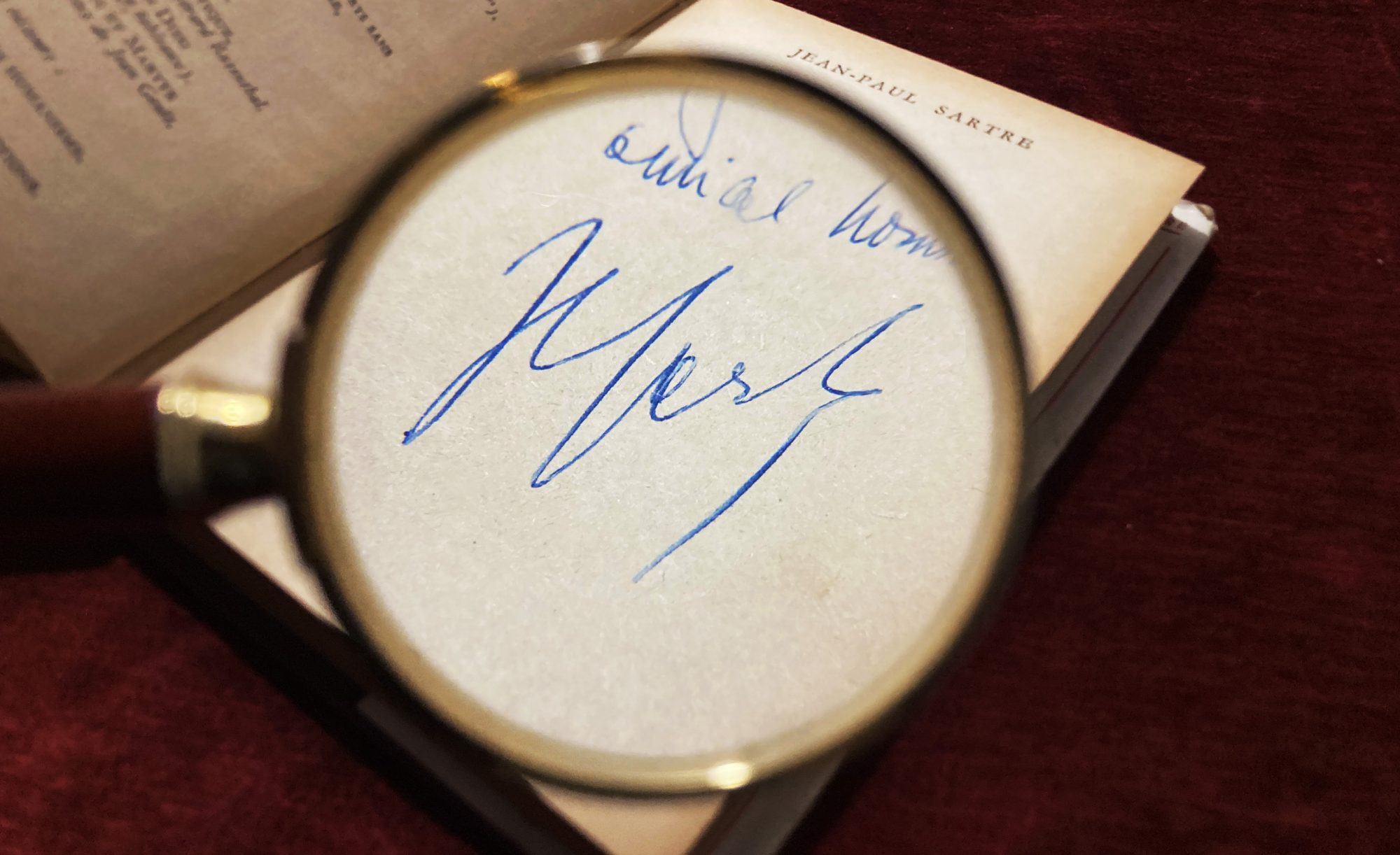
Blog
On Collecting – Earning profit without selling
On Collecting: Earning Profit Without Selling
Today we will be talking about the financial aspects of collecting antiques. In future articles, we will talk about how trade works from the seller’s point of view. For now, though, let’s talk about the other side of the table. It’s possible to make some profit from collecting antiques without having to sell them. I’ll do my best to explain how you can achieve this.
The lasting value of limited resource
Two general requirements are necessary to make a business out of collecting. The only thing you need is knowledge and time. Firstly, remember that there is a finite amount of antiques out there in the world. With time their number diminishes and the cause can be natural, or made by men. Be that by the shifting sands in politics that spark wars and revolutions, or the passing of time that unavoidably takes its toll.
Arguably, new antiques are created every day, from the moment an item celebrates its 75th birthday it becomes an antique. But we are not talking about the 20th century; we are talking about the good old stuff.

Even if the Bible was (and still is) the most printed book of all time, it is still one of the most common subjects of collections.
As the number of antiques diminishes, their rarity and value increase. Another thing that affects the market is, as in any other business, inflation. One might think that they go at the same rate but that’s not the case. As the world economy gets bigger every day, so does the number of people who can afford antiques. Because of their limited number, antiques should be less reachable for a very good reason.
I am talking about appreciation. For instance, if you win a map at an auction for a five-figure amount, you wouldn’t stash it in a dark corner of a basement. The natural thing to do would be to exhibit it. Before you do, you would also like to take all the necessary precautions so that no harm comes to it. Since every antique is a piece of history, we only borrow it for a certain amount of time. After us, somebody else will own it, with that in mind, it would be kind of us to return it to the state it was leased. The point is that if antiques come cheap, they will not be appreciated for what they are: pieces of culture and history.
How to profit from collecting?
Now back to the main topic, how to do it? How can one make a profit? There are two ways and both involve passion and hard work:
The first is to make a collection around a certain topic and wait for the right moment to sell it. This takes a lot of time. Collectors usually wait from 7 to 15 years and then resell their collection for twice the value. And under “value” I don’t mean price. As currencies devolve, the value of antiques rises more than currencies devolve. Assembling a collection takes time and effort, and you should be able to cash in on that! While you wait for the value of your collection to rise, you can use the time to generate some other income.
This is not the only way to make a profit, though. Since you have something interesting, you should exhibit it. Make a public exhibition of your collection and cash it in. Of course, before you do that, you will need some media attention. For example, a good way to get to it is to lend your collection for the shooting of a movie or TV series.

A lot of mess and hard work but it was worth it!
I did the last one, it was very satisfactory to see my books on the silver screen. There are a lot of creative ways to profit by lending your collection for some events or other happenings of sorts. It’s up to you to grab the right moment to cash in on them. After you’ve popularized your collection, you can write about it. When you illustrate what you’ve done for the culture and history with your collection, you can sell it for more. You can also add that your collection was exhibited and used in the shooting of a movie to add to its historicity.
To conclude, there are a lot of different ways to cash in on your hobby. You just need some time, some knowledge, and a spark of creativity.
Best of luck in cashing in on your collection!













